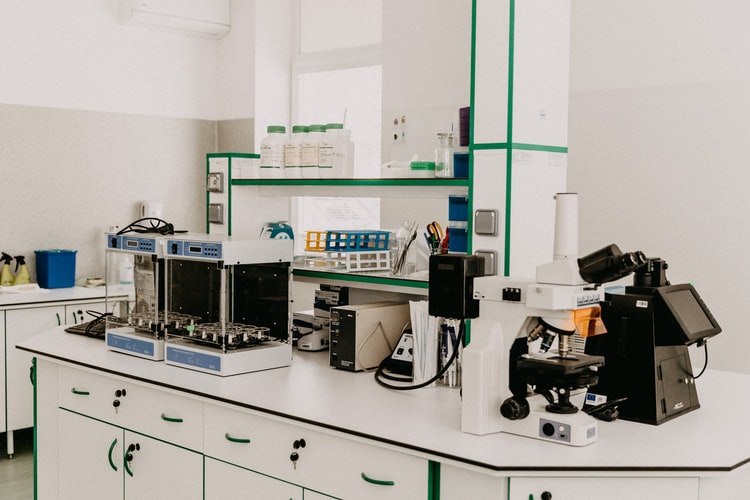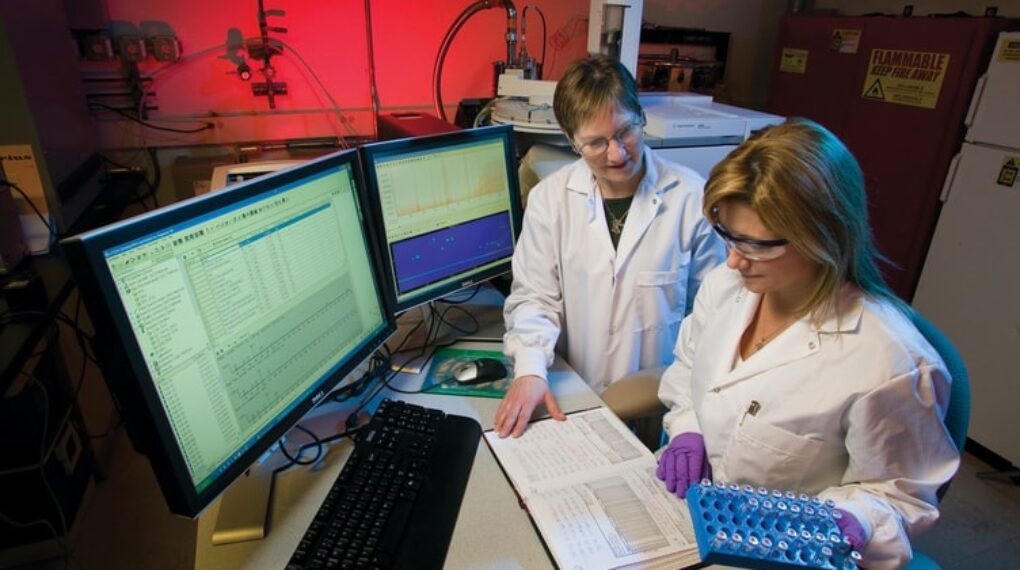
Forensic science is a very vast subject that incorporates digital forensics. It is a process of recovering, identifying, extracting, and documenting evidence from electronic devices. The collected evidence is then used by the government agencies, attorneys, police, and criminal investigators in the court.
In simple terms, it’s using technology to cover criminal or civil investigations. The technology helps in collecting evidence from computers, mobile phones, networks, and servers. Especially the cases that include cybercrime.
You must know that in general forensics analysis, the primary aim is to get answers to a series of questions. However, that is not the case with digital forensics. It has a much broader scope and typically includes complex timelines and hypotheses.
That is why it is divided into different branches. Scroll down to learn about them.
Computer Forensics

The purpose of computer forensics is to describe the current status of a digital artifact. These artifacts usually include-
- A computer system,
- Embedded systems,
- The storage medium (USB or hard drive), or
- Electronic documents.
Computer forensics usually deals with a wide range of data. It could be as basic as looking through search history. Or as complex as recovering files from a broken hard drive. There have been many cases where the criminal and type of crime were identified using computer forensics.
Mobile Device Forensics

Another branch of digital forensics is mobile device forensics. As the name suggests, it is related to recovering evidence from smartphones. You must be wondering- how it differs from computer forensics? Well, smartphones have an inbuilt communication system such as GSM and storage mechanisms. Besides, they also have an inbuilt GPS which can help in tracking the device.
Whenever an investigation is conducted, these features can provide valuable information to the police or investigator. Moreover, with the help of mobile device forensics tools, they can extract data even from the locked and encrypted devices. In other words, it can help with in-depth investigation and recovering crucial data (call logs, emails, SMS, or location) from smartphones.
Network Forensics

Network forensics is associated with the monitoring and analysis of computer network traffic. It includes both local and WAN/internet. It aims to gather information, collect evidence, or detect intrusion. Typically, traffic is intercepted at the packet level and stored for subsequent analysis or filtered in real-time.
One thing you must note here is that network data, unlike other areas of digital forensics, is frequently volatile and rarely documented, making the discipline reactive.
Forensic Data Analysis
The other branch of Digital forensics is forensic data analysis. It studies structured data with the goal of identifying and analyzing patterns of fraud. These frauds are usually related to financial crime.
Database Forensics
Last but not least, we have database forensics. It focuses on the investigation or study of databases and their metadata. To construct a timeline or recover important information, investigators usually employ database contents, log files, and in-RAM data.
To sum it all up!
All these are the different branches of digital forensics which help various departments in conducting an investigation. Each one of these has played a crucial role in protecting the security of the nation. Needless to say, it has also helped in solving numerous cases.
Read Also:






